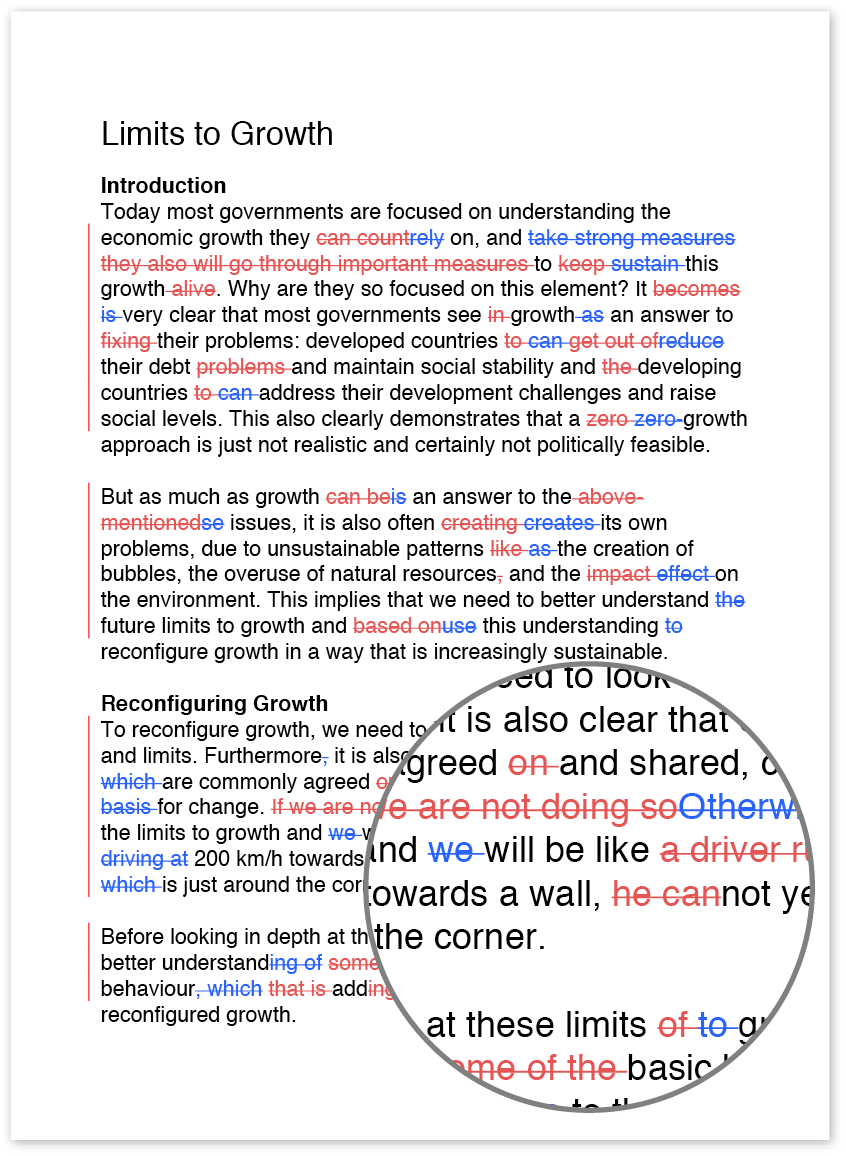How to write an academic research paper
An assignment to write an academic research paper can cause a lot of stress in some people, but it doesn’t have to. The research and writing processes can be broken down into separate, smaller steps, making the overall process easier to manage. Try following the steps below when you’re writing a research paper.
- Come up with a topic. If your instructor doesn’t give you a specific topic, you’ll need to come up with one yourself. When you’re thinking of a topic, try to choose something that interests you. Even if you have to work within a specific area (for example, you won’t be able to write about your favourite music genre if you’re taking an English literature course), you can still try to find a topic that you’re interested in.
- After you have a topic, you’ll need to develop a research question. You need a research question to narrow your focus and direct your work. For example, if you are writing about World War II, you can’t just recap what happened during the war. You’ll need a more specific question, such as ‘How did the role of women change during and after the war’? Your question should not be one that can be answered with a ‘yes’ or ‘no’ answer. To continue using the previous question as an example, you wouldn’t use ‘Did the role of women change during the war’; you need a question that you can provide a more in-depth answer to. Generally, good research questions will begin with ‘how’ or ‘why’ instead of ‘where’ or ‘when’.
- Once you have your research question, begin conducting your research. You’ll want to make sure you use a variety of sources to answer the question as fully as possible instead of relying on information from just one source. Furthermore, you should check reliable, trustworthy sources instead of wiki articles or biased sites.
- After you complete your research, you’re ready to begin writing. It’s usually best to create an outline of your paper so you can make sure the text is organized logically and that it includes all the points you want to make. It’s easier to rearrange your structure in outline form than it is to rearrange the full text after you’ve written it.
- When your outline is complete, begin writing your text. Your document should contain an introduction that describes your research question and what you’ll be writing about, sections presenting your research findings, and a conclusion that sums up your findings. If you have trouble creating the introduction, try writing the body of the text in which you present your findings first. Once you have that section written, it may be easier to go back and write the introduction. Remember that the conclusion should not present any new information or findings. In addition, you should use a formal academic writing style instead of writing informally, as you would for a social media post or casual email to a friend.
- Create your list of references and make sure they follow your instructor’s preferred style guide. Ensure that you include all the sources from which you drew information, and make sure each source is cited correctly within the document. Any time you include information from another source, you must provide an in-text citation and include that source in the reference list.
- Read through the document to make sure you’ve included all the necessary information and check for errors. Sometimes, it might be helpful to have someone else read over and proofread the document to check for mistakes and to note information that isn’t clear.
Resources
Academic proofreading
Thesis proofreading
Dissertation proofreading service
Proofreading services
Copy-editing services

